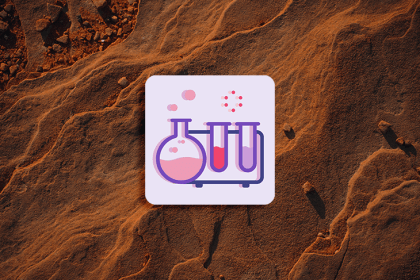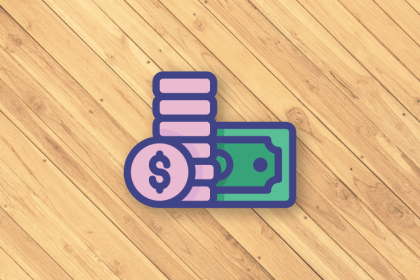
Product virality is the most efficient, cheapest, and yet hardest-to-grasp growth engine you can build. Learn how to improve the virality of your product based on examples from companies like Snapchat, Uber, and Dropbox.

Discover what the peak-end rule is and how it can help provide better UX by optimizing peak and end experiences for your users.

In simple terms, a product-led growth model is a type of business model where the product itself drives all core business activities.

A design hypothesis is a cornerstone of the UX and UI design process that helps define research needs and influences the final outcome.

Although creating a packaging strategy matrix is a complex and time-consuming endeavor, small improvements in your packaging strategy can make a significant impact on your product performance and bottom line.

Banner blindness is an increasingly common phenomenon in digital product design and can impact how you advertise products and services.

A reverse trial puts a full version of the product in front of the user upfront and then takes away features unless they agree to pay more.

A few tactics can help you make the whole interview experience smoother while maximizing your chances of getting that dream UX role.

Outcomes are not built equal. There are various types of outcomes and the word outcome might even mean different things in different contexts.

There are numerous UX design certificates out there, but which ones deliver the value you need to boost your career? Find out here.

Bugs are, in essence, items that occupy your product backlog. They require constant revision, attention, and prioritization.

An opportunity solution tree is a visualization tool designed to help product teams determine the best path to achieve a desired outcome.